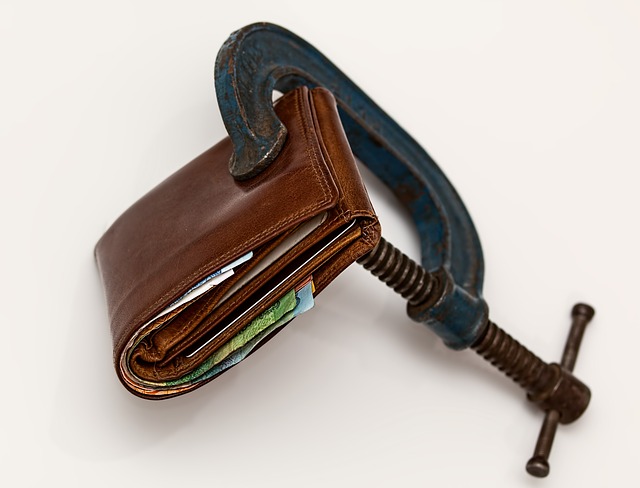People you meet online are not always who they say they are.
In 2007, a Singaporean woman was jailed for an online dating scam amounting to about $45,000. A married woman named Maliha Ramu used a false profile to begin an exploitative relationship with Bharani Indran who lives in United States. After Ramu promised to marry Indran, he began to send her money for her “mother’s funeral expenses” and “friend’s wedding expenses”.
Protect yourself from getting conned like so by using these tips to recognize when you are being scammed:
1. BACKGROUND SEARCH
Upon meeting someone you like online, do a profile search through Google and an image search through TinEye. TinEye allows you to upload a photo and retrace where it came from. I suggest you save the person’s profile picture or ask for some photos yourself. As for the profile, he or she will be virtually searchable on Google unless this person lived under a rock for the longest time.
If the person sent you a photo that looks like something from a magazine, be a little more suspicious. And if the person’s own online profile does not match the pictures you researched then keep your warning signals up.
2. PERSONAL EMAIL
Some online dating scammers are not interested with starting an long-term deceitful relationship with you, they merely want to send you with marketing mails and other spams. These scammers ask for your personal email address and never get back to you after that.
Aside from providing your personal email to people whom you are certain of, avoid these people by creating a separate email for your online dating activities. This way, you can easily delete or cancel your supplementary email if you start getting loads of spam mails.
3. INSTANT SOULMATES
If a person says that he or she loves you and wants to marry you after 20 minutes of chatting then, it is clearly a scam or you may just be messaging with an infatuated teen! You should know from your experiences or that of others that love is more than just a feeling. It is something that develops through time after several dates and conversation exchanges. It is built on mutual respect and trust.
If a person declared his affection for you without even seeing you in person or through video-chat, then it is probably a lie. Their underlying agenda will show soon after.
4. PIGGY BANK
A person is scamming you if he or she repeatedly asks you for money through an online dating site. These con artists can come up with various reasons such as family funeral, medical emergency, and mugging to make you send cash. It does not stop there! He or she may also ask you to send some gifts to help alleviate a financial hardship or to help prove your love.
So be wary of sending money to strangers especially using wire transfer or other electronic currencies because money transferred via these channels are hard to recover.










